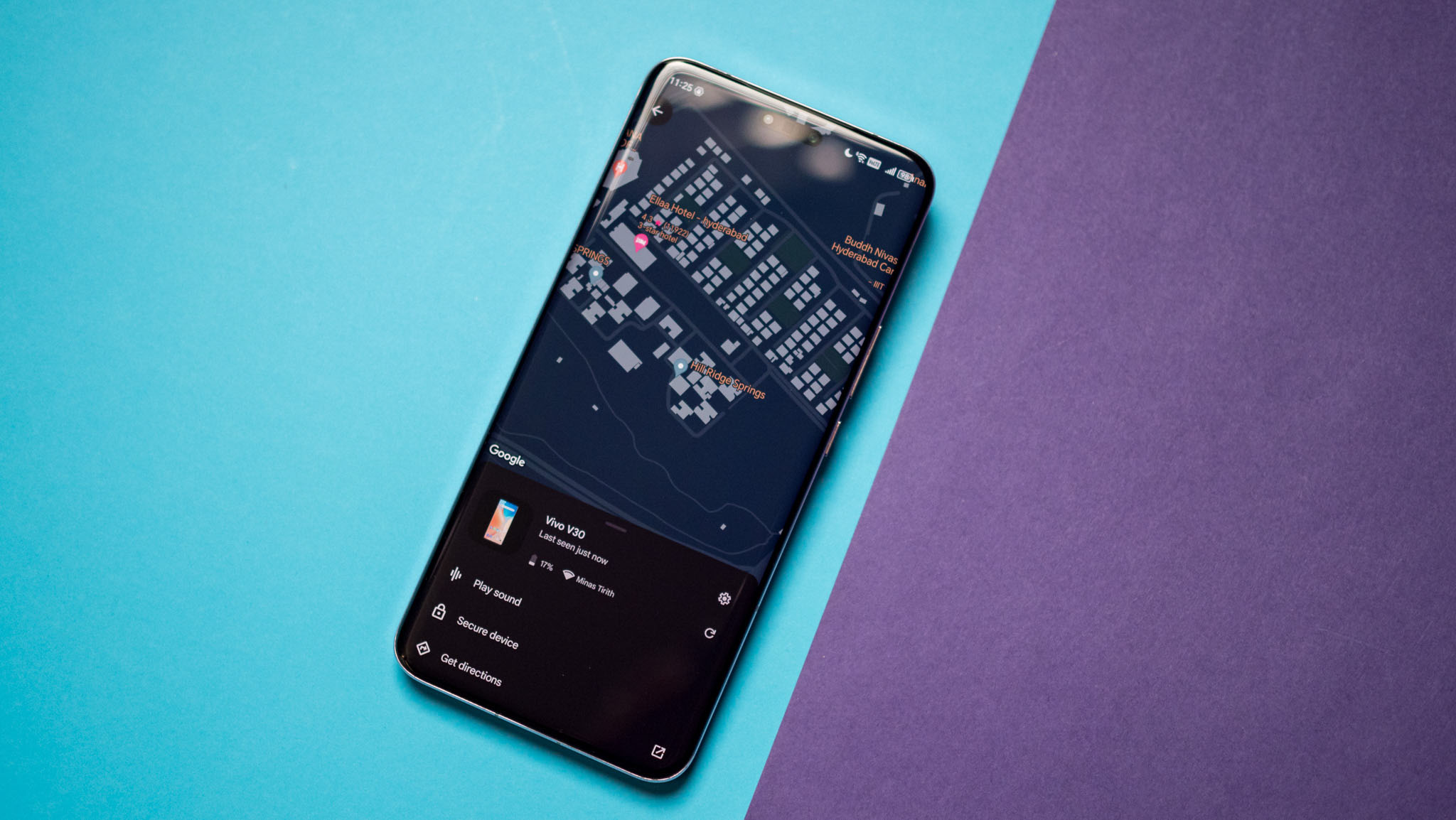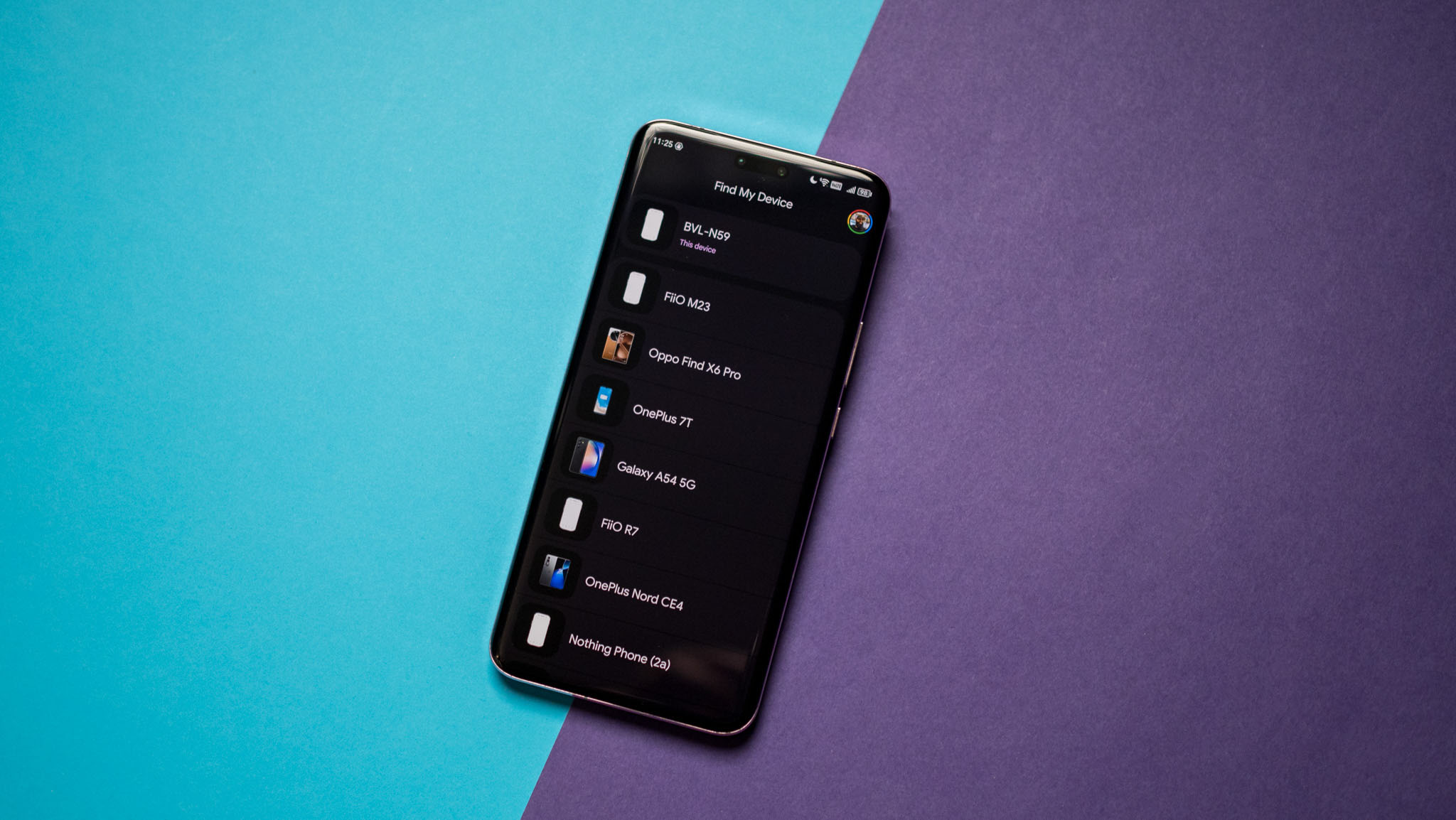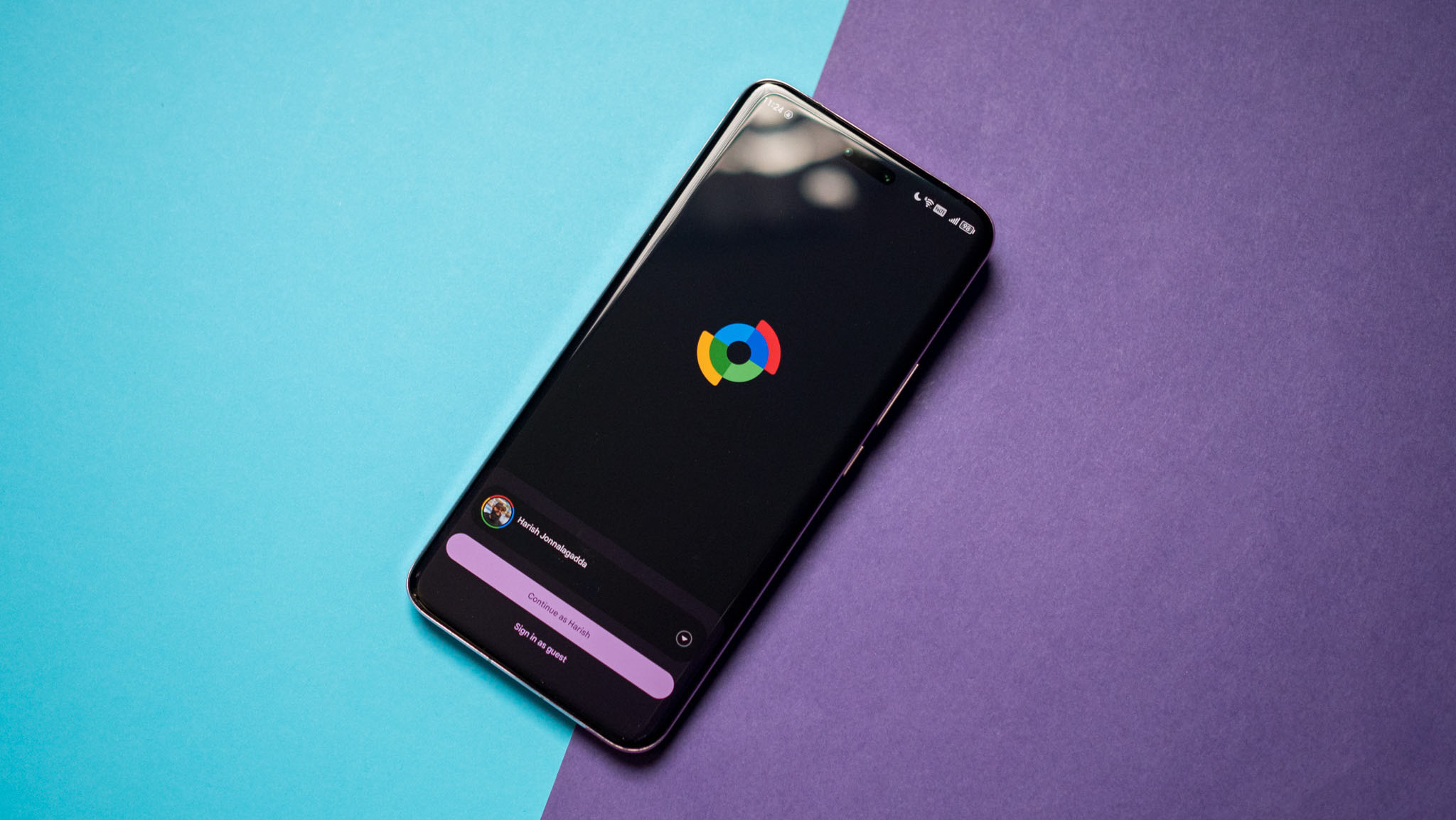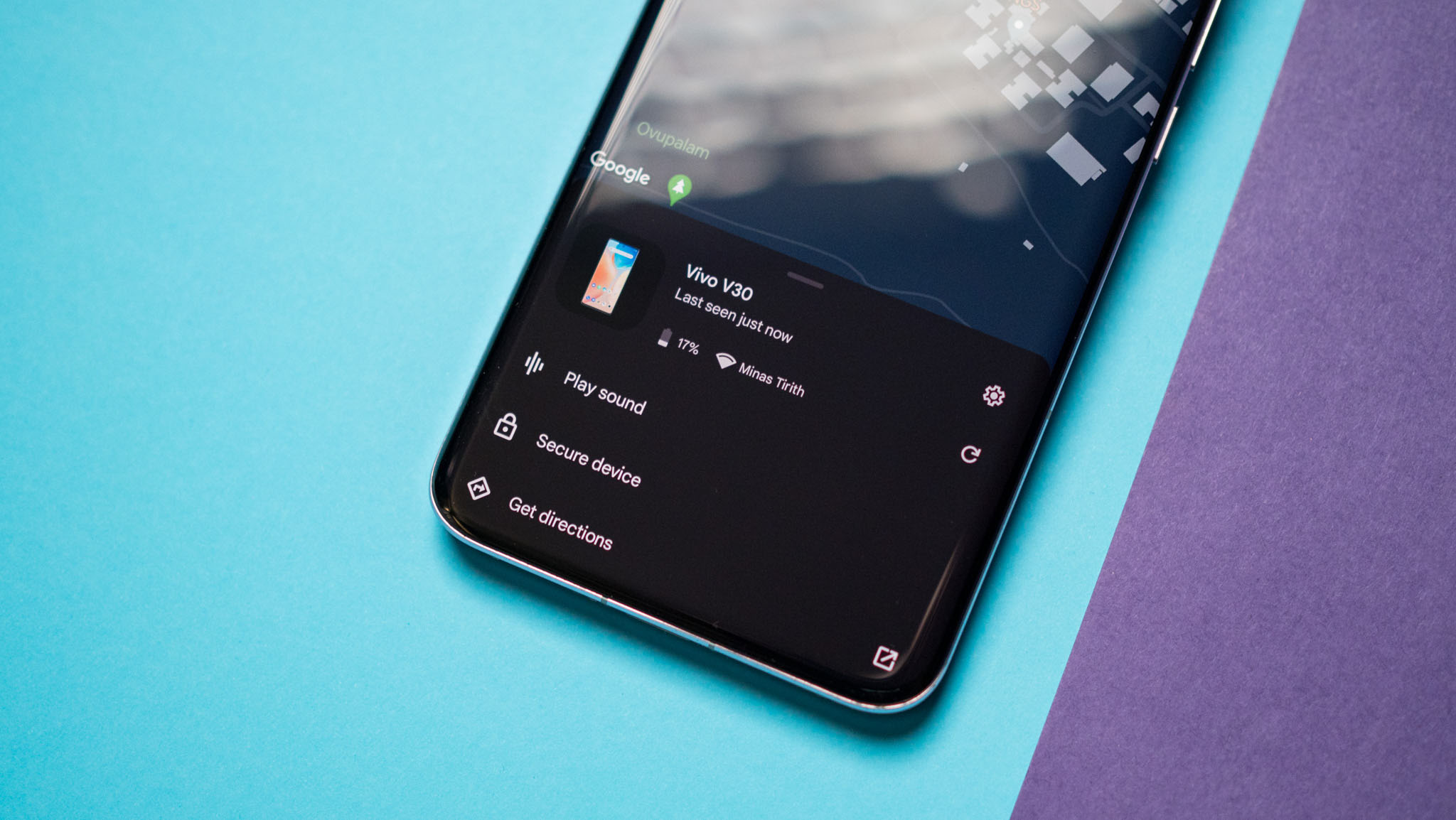
What you need to know
- Google rolled out the highly-anticipated Find My Device network for the Android ecosystem in April 2024.
- Now, the first wave of Find My Device-supported item trackers is starting to hit the hands of reviewers and buyers.
- Early reports indicate Find My Device is less reliable than Apple's Find My network, and Google's extensive opt-out options may be the reason why.
The best Android phones have plenty of advantages over iPhones, and there aren't a ton of iOS features that truly make Android users jealous. With that in mind, Apple's Find My network is certainly something that Android users were a bit envious of — and if they weren't, they should've been. The network uses over a billion active devices and works with $29 item trackers (AirTags) to make finding your tech and other items painless. Apple goes as far as to say that your phone can't go a single city block without updating its location in Find My.
Google finally came up with a real answer to Apple's Find My network with Find My Device. It's a crowdsourcing network for Android that works similarly to Find My. In fact, Google makes the same claim that Find My Device includes over a billion active devices. The network just rolled out in April and became more widely available in May. Now, the first wave of Find My Device-capable item trackers is shipping.
But the experience of using Find My Device so far hasn't been the one Google billed. Some reviewers have already pointed out that Samsung phones might automatically hibernate the Find My Device app , and that Find My Device won't find your items in every case. There are a lot of reasons this may be the case, but I suspect it is because Google is making it too easy for users to opt out of participating in Find My Device at all.
It's rare that we would ever criticize a company for being too protective of user privacy, but that may be the case here. Google's choice of language and default setting options make it seem like using Find My Device to the full extent could compromise your safety. Reality is much simpler: you help me find my lost items, and I'll help you find yours. Crowdsourcing only works if people buy-in, and so far, it doesn't seem like people are buying into Find My Device.
Why the Find My Device network isn't working as well as Find My

There are some availability issues with the Find My Device network, and they may play a role in the network not being as robust as Google originally claimed. Despite the Find My Device network rolling out widely last month, it's still not showing up for everyone. This could be a small part of why Find My Device has come with mixed results in the early going, but there are bigger factors as to why this is the case.
According to Google's official support page, there are four options for your participation in the Find My Device network, including opting out of it altogether. Before we even break down each one, that's probably too many choices. When faced with more than a couple of settings toggles, casual users are likely to just switch a feature off instead of sifting through the complicated explanations for each one.
The other problem is that the default Find My Device setting is With network in high-traffic areas only. So, most Find My Device users are only participating in the network in places like airports or busy city streets. In other words, the majority of Android users aren't contributing to Find My Device in many places.

The setting that will really help the crowdsourcing effort is With network in all areas. There are also Without Network and Off options. However, all the settings I've listed are found under the Find your offline devices page, and are not covered by the Use Find My Device toggle. That's because you can still use Find My Device to locate and erase your devices without contributing to the crowdsourced network in some cases. This feels like a big miss because users aren't incentivized to go all-in on Find My Device.
If there were a real privacy concern associated with Find My Device, I would be all for the expansive customization options, including opt-in and opt-out features. But there isn't one, as Google explains: "Device locations are encrypted and private from Google. Only you and those you share your devices within Find My Device will be able to see their locations."
The bigger concern with personal item tracking is people using trackers to stalk or harm people, which Google's Find My Device crowdsourcing settings don't cover. There is a separate suite of unwanted tracker detection features offered by Apple and Google to try and quell those concerns. Instead, the Find My Device privacy settings are intended to avoid the unlikely (and nearly impossible) event that your phone contributing to the network compromises your location.
This doesn't make a lot of sense because there is no way for a user to know which Android device contributed to the crowdsourcing effort that provided them with the location of their own device. Even in low-density areas, who knows which person, house, or car updated a device's location in Find My Device.
Are slim pickings actually better?

This hasn't been an issue with Apple's Find My device network, and that's because Apple didn't overcomplicate things. If you turn on Find My, you get access to all the remote access and finding features, and contribute to the crowdsource network in exchange. If you turn it off, your devices won't contribute to Find My, and you'll lose the benefits of Find My as a result. It's simple.
I fear that in trying to appear privacy-conscious, Google is limiting the effectiveness of the Find My Device network. The overcomplicated settings page may make it seem like there's a reason to be wary of contributing. Plus, the default setting will only make the network useful in high-density areas. There are a lot of people that live in or near U.S. cities, but there are also many who don't.
Sometimes too much choice is a bad thing, and that could be the case with Find My Device. It should be simple. Contribute to the Find My Device network and get the benefits, or opt out and don't.







